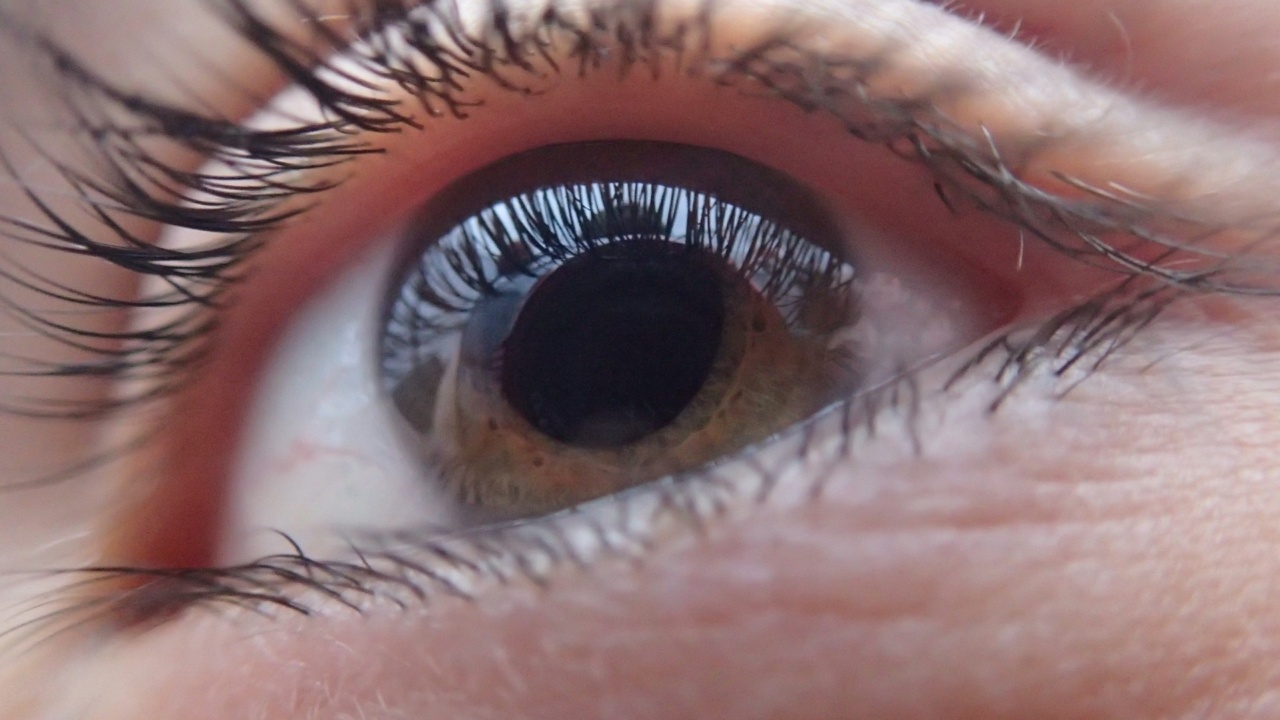Alzheimer’s and Parkinson’s are two of the most debilitating diseases in our world today, affecting millions of people around the globe.
Both neurological disorders share certain clinical and pathological similarities, such as abnormal protein accumulation in affected brain cells, and motor and cognitive impairment. Now, recent research has revealed a surprising and fascinating connection between skin and brain disorders.
Some studies have found that Alzheimer’s and Parkinson’s disease can be detected early on from skin biopsies, thanks to the accumulation of abnormal protein deposits and other telltale signs of the disease.
How Alzheimer’s Affects the Skin
Alzheimer’s disease is a progressive and fatal brain disorder that affects memory, cognitive functions, and behavior.
Although it’s primarily a neurodegenerative disease, it also has a profound impact on various body systems, including the skin. The skin starts to show signs of aging, thinning, and wrinkling much earlier than in healthy individuals.
Some research indicates that the presence of beta-amyloid proteins, which are a hallmark of Alzheimer’s disease, may contribute significantly to the skin abnormalities.
In one study, researchers collected skin biopsies from the arms of Alzheimer’s patients and healthy participants with similar age and gender.
They then compared the skin samples under the microscope, looking for any differences in the skin architecture, microvasculature, and other features. They found that Alzheimer’s patients had significantly reduced skin thickness, decreased collagen fibers, and increased numbers of inflammatory cells, compared to controls.
The researchers also discovered high levels of beta-amyloid proteins in the dermal tissue of Alzheimer’s patients, but not in healthy skin.
The presence of beta-amyloid in the skin is significant because it offers a non-invasive and relatively low-cost way of detecting early-stage Alzheimer’s disease.
According to some scientists, a skin biopsy may help identify people at risk of developing Alzheimer’s, monitor the progress of the disease, and track the response to treatment.
How Parkinson’s Affects the Skin
Parkinson’s disease is another severe neurological disorder that affects motor coordination, cognitive function, and mental health. Like Alzheimer’s disease, Parkinson’s also has systemic consequences, including skin abnormalities.
Parkinson’s patients often experience skin problems such as excessive sweating, seborrheic dermatitis, and skin cancer.
However, the most intriguing feature of Parkinson’s disease and skin is the presence of Lewy bodies. Lewy bodies are abnormal protein aggregates that form in the brain cells of Parkinson’s patients, causing cell death and dysfunction.
Recent studies have discovered that Lewy bodies also accumulate in the skin cells of Parkinson’s patients, particularly in the nerve fibers and sweat glands.
In one study, researchers used a high-resolution imaging technique called reflectance confocal microscopy (RCM) to visualize the skin of Parkinson’s patients and controls.
The researchers found that Parkinson’s patients had higher densities of Lewy bodies in the skin, particularly in the face, neck, and upper chest areas. The researchers speculate that skin biopsies and RCM imaging could be a useful diagnostic and research tool in Parkinson’s disease, allowing for early detection and tracking of the disease progression.
Conclusion
Alzheimer’s and Parkinson’s disease are devastating neurological disorders that pose significant challenges for patients, caregivers, and researchers.
While the pathology of both diseases is primarily focused on the brain, recent evidence suggests that the skin can serve as a crucial diagnostic and research platform for both diseases.
The presence of beta-amyloid, Lewy bodies, and other pathological markers in the skin of Alzheimer’s and Parkinson’s patients offer a non-invasive and relatively low-cost approach to identifying early-stage disease, monitoring progression, and evaluating treatment response. As we continue to learn more about the connection between skin and brain diseases, we may develop new tools and approaches to improve the lives of patients affected by Alzheimer’s and Parkinson’s.




























